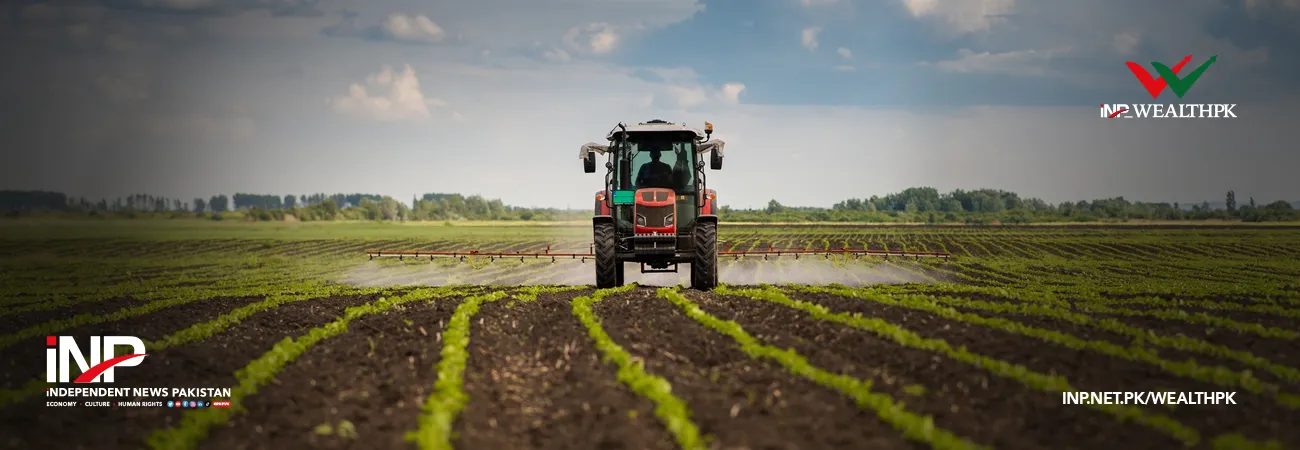INP-WealthPk
Ahmed Khan Malik
Sindh is working on a plan to invest in seed development in order to boost its agricultural productivity, reports WealthPK. Experts and progressive farmers have been demanding the government to invest in seed development, research in new varieties, and seed monitoring. The Sindh Seed Corporation was established in 1981 through Seed Act 1976 to procure, process and distribute certified seed. However, the farming community has repeatedly demanded the provincial government to develop a sustainable agricultural policy covering seed, research, and food security issues for supporting the vulnerable segments of the society like small farmers, landless peasants and poor people, particularly women. The Sindh government has outlined plans to invest in seed development, following the federal government’s initiative to rebrand the Federal Seed Policy to the National Seed Policy. As part of this provincial strategy, authorities will allocate funds for acquiring essential inputs such as seeds, fertilizers, pesticides, and more, Director Murtaza Syed, told WealthPK.
This investment will target seed development, the research of new varieties, and the monitoring of seeds to boost agricultural productivity, which has yet to reach its full potential. He said the initiative will support farmers by providing them with better seeds, modern technology, and improved marketing access for better agriculture. He said over 90 percent of seeds in Sindh were sourced from Punjab, with several companies engaging in unchecked marketing of substandard seeds. He underscored the need for the government to continue issuing special grants for the revival of agriculture and research. In this regard, Dr Noor Mohammad Baloch, Director General of Agriculture Research in Tandojam, Sindh, noted the increased responsibilities of the Sindh Agriculture University, Agriculture Research Sindh, Nuclear Institute of Agriculture, and the private sector for certified seeds following the Sindh Seed Corporation’s inefficiency. He underscored the critical need for a Rs40 billion budget allocation aimed at bolstering agriculture and research.
Additionally, he pointed out the necessity of registering superior crop varieties in Sindh and improving the quality of matured crops. Sindh, as Pakistan’s second-largest province, has 48 percent of its population residing in rural areas and contributes over a quarter to the nation’s GDP. Agriculture plays a vital role in the well-being of Sindh’s households, representing approximately 24 percent of the provincial GDP and 70 percent of employment. Most households are heavily dependent on agriculture, especially the poor, who derive 56 percent of their income from agriculture. Sindh encompasses 18 percent (140,914 km2) of Pakistan’s land area and is situated in a subtropical region with three climatic sub-regions: (a) Siro, the upper region, centred on Jacobabad; (b) Wicholo, the middle region in the vicinity of Hyderabad; and (c) Lar, the lower region around Karachi. The majority of Sindh’s land is arid, covering 62 percent of the province. It receives less than 200mm of rainfall annually on average, and experiences relatively high levels of evapotranspiration for much of the year.
Credit: INP-WealthPk













